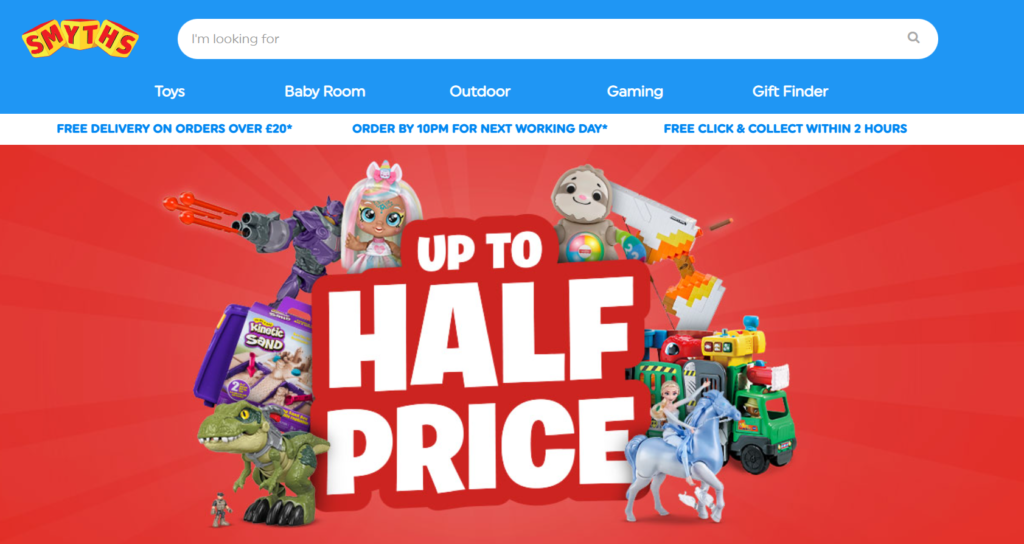The value created by organisations is not the same as the value perceived by the customer. Therefore, marketing plays an essential role in discovering and articulating that value.
We, as buyers, wake up with an issue and the first thing we do is Google it and check out what’s out there. During that process, we qualify our problem. Is it common? Is it something that can easily be fixed? What we tend to find is not only that people have the same problem, they also have a solution. 88% of all buying decisions start online and at the point that people make contact with a business for the very first time, they’ve made 57% of the decision to buy. So what can companies do to let customers know why to buy their product or service? What customers need to know is that you are the solution to their problem.
Wynter

Creating a compelling value proposition is a critical element in any business’s success. It is the statement that outlines the unique benefit that a product or service offers to its customers. A well-crafted value proposition can significantly improve the conversion rate of a website, while a poorly designed one can lead to a low engagement rate. The more compelling it is, the better it converts.
In this article, we will explore the key elements that impact the conversion rate on an ecommerce, bookings, or lead generation page. We will discuss the importance of a clear, concise, and impactful copy, its relevance, quantified value, and differentiation. We will also explore the challenges associated with balancing these elements and provide tips on how to overcome them.
What is a Value Proposition?
As we mentioned before, a value proposition is a statement that outlines the unique benefit that a product or service offers to its customers. It is designed to communicate the value of the product or service in a clear and concise manner.
Let’s quote Conversion Expert Peep Laja on his explanation on what a value proposition is:
A value proposition is a promise of value to be delivered. It’s the primary reason a prospect should buy from you.
They landed, they are here. We have the first 5 seconds to tell them all about your product/service/company.
During those 5 seconds, they’ll spend the first 3 seconds scanning the ‘above the fold’ part of the website. Then, 2 seconds to read what the product or service is about. What are we going to say?
The less known your company is, the better your value proposition needs to be. That being said, a value proposition should answer the following questions:
- What problem does the product or service solve
- What makes the product or service unique?
- What is the quantifiable value that the customer will receive?
- Why should the customer choose this product or service over the competition?
What the value proposition consists of
The structure of a value proposition typically includes four key elements:
- Headline: This is a short and attention-grabbing statement that highlights the key benefit of your product or service. It should clearly and concisely communicate the primary value that your product or service offers to your target audience.
- Sub-headline: This is a brief sentence or two that provides additional information about the headline and helps to clarify the key value proposition. It should elaborate on the headline and provide more context about how your product or service solves the customer’s problem.
- Bullets points: These may include features, benefits, unique selling points, or any other factors that set your product apart from competitors.
- Visual: Nothing conveys the experience of your business more effectively than photos and videos. Images are critically important to consumers throughout the selection process. Throughout any website, quality images should be used to appropriately illustrate page content.
Examples of great value propositions:


Examples of poor value propositions:


Critical factors in designing a compelling value proposition
One of the fundamental problems that most businesses have is that they can´t express the benefits of the work they do. And that´s because they haven´t done a really fundamental thing, which is to define their value proposition.
The customers are asking “what do you do for me?”. They are looking for an answer to their problems.
To craft a clear and persuasive value proposition, it´s essential to keep in mind some key factors such as:
- Clear, Concise, and Impactful Copy: The copy in a value proposition should be clear and concise, highlighting the unique benefit that the product or service offers. It should also be impactful, meaning that it should grab the attention of the user and persuade them to take an action. The copy should be written in a language that resonates with the target audience, making it easy for them to understand and relate to the product or service.
- Relevancy: Relevancy is a critical element in designing a compelling value proposition. It involves addressing the specific needs of the target audience. The value proposition should be designed to solve a problem or meet a need that the audience is currently experiencing. The more relevant the value proposition is to the audience, the higher the chances of conversion.
- Quantified Value: Quantifying the value of a product or service is a critical element in a value proposition. It involves demonstrating how the product or service will benefit the customer and the exact value that they will receive. This can be done by highlighting cost savings, time-saving, or any other benefit that the product or service offers.
- Differentiation: A value proposition should differentiate the product or service from the competition. It should highlight the unique selling points that make the product or service stand out from the rest. This can include factors such as quality, innovation, price, or any other feature that sets the product or service apart.
At the end of the day, a value proposition that does not adequately quantify the value of the product or service and differentiate it from its competitors may result in a low engagement rate. Likewise, those that feature unclear or confusing copy may also lead to a decrease in engagement and an increase in the bounce rate. It’s also important to note that the value proposition is not a static concept. It needs to be constantly evaluated and refined based on feedback from customers and changes in the market. Companies that fail to do this risk becoming irrelevant and losing out to competitors who are better able to adapt to changing customer needs and preferences.
Tips for Creating a Compelling Value Proposition
To create a compelling value proposition, businesses should consider the following tips:
- Research the target audience and their specific needs.
- Highlight the unique selling points of the product or service.
- Quantify the value that the product or service offers.
- Use clear, concise, and impactful language.
- Differentiate the product or service from the competition.
- Test the value proposition with real users and make changes based on their feedback.
- Continuously refine the value proposition based on performance data.
In conclusion, a well-crafted value proposition is critical to maximise the conversion rate of a website. It involves addressing the specific needs of the target audience, quantifying the value of the product or service, using clear, concise, and impactful language, and differentiating the product or service from the competition. Balancing these factors can be challenging, but by following the tips discussed in this article and investing time in researching the target audience, companies can create a value proposition that resonates with their audience, maximises their website’s conversion rate and stay relevant and competitive in the ever-changing world of business.

